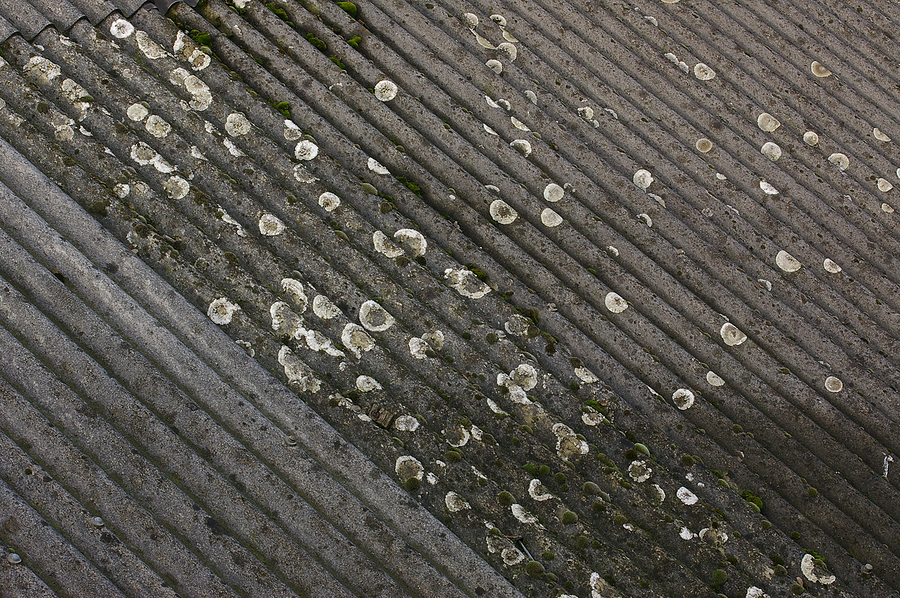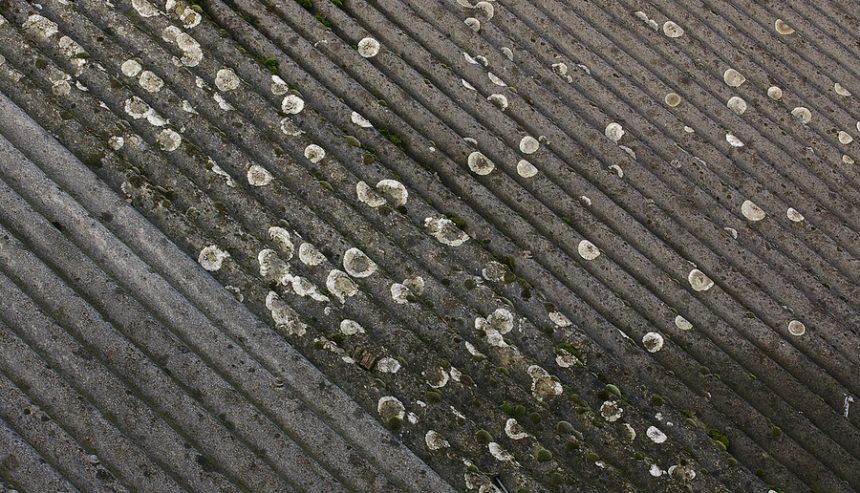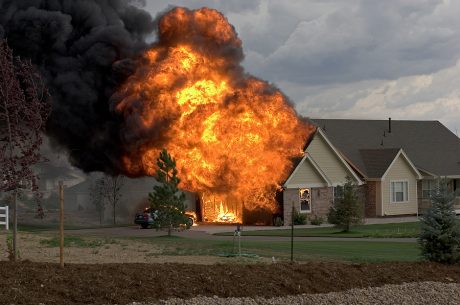Asbestos, once widely used for its durability and fire-resistant properties, is now known to be a serious health hazard. Long-term exposure to asbestos fibers can lead to serious illnesses, including asbestosis, lung cancer, and mesothelioma. PuroClean of Muncie explains what to do if you suspect you might have asbestos in your home or building, and how to get asbestos testing and, if needed, abatement.

If you suspect that your home or commercial building contains asbestos, it’s important to act carefully and responsibly to protect yourself and others.
Do Not Disturb the Area
Asbestos is most dangerous when it’s disturbed, as this can release microscopic fibers into the air. These fibers can be inhaled and remain lodged in the lungs for years. If you notice suspicious insulation, ceiling tiles, floor tiles, or pipe wrappings, avoid drilling, sanding, cutting, or removing the material until it has been properly assessed.
Recognize Where Asbestos May Be Found
Buildings constructed before the late 1980s are more likely to contain asbestos. Common materials that may contain asbestos include:
- Insulation around boilers, pipes, and ducts
- Vinyl floor tiles and backing materials
- Roof shingles and siding
- Ceiling tiles and spray-on coatings
- Cement sheeting and joint compounds
If your property is older, it’s wise to treat suspicious materials with caution until testing confirms otherwise.
Hire a Certified Asbestos Inspector
Asbestos detection is not a DIY project. Contact a licensed asbestos inspector who is trained to take safe samples and send them to an accredited laboratory for analysis. For asbestos testing, they’ll follow strict safety protocols to minimize fiber release and contamination. Avoid using general contractors for this step unless they hold proper asbestos certifications.
Understand Your Options if Asbestos Is Found
If lab results confirm the presence of asbestos, you have two main options:
- Encapsulation: Sealing the asbestos-containing material to prevent fibers from becoming airborne.
- Removal: Professionally removing asbestos from the building. This is often required if the material is damaged or in a high-traffic area.
The right choice depends on the condition of the material, its location, and your renovation plans.
Use Only Licensed Abatement Professionals
If removal is necessary, hire a certified asbestos abatement company. These professionals use specialized equipment, protective gear, and containment procedures to ensure that asbestos is safely removed and disposed of in accordance with local and federal regulations. Attempting removal on your own can put your health—and the health of others—at serious risk.
Follow Legal and Safety Guidelines
Many states and municipalities have specific reporting, permitting, and disposal requirements for asbestos-containing materials. A licensed abatement contractor will handle compliance for you, but it’s a good idea to familiarize yourself with local regulations to ensure everything is done correctly.
Monitor the Building After Work Is Completed
After asbestos is encapsulated or removed, a follow-up inspection should be conducted to confirm that the area is safe. Air monitoring may be performed to ensure fiber levels are within acceptable limits. Keep all documentation for your records, especially if you plan to sell the property in the future.
Bottom Line: If you suspect asbestos in your building, the safest approach is to stop work immediately, avoid disturbing the material, and call in a certified asbestos testing professional. Taking quick, cautious action can protect you from health risks and ensure your building remains safe for years to come. Contact PuroClean of Muncie at (765) 216-3210 to learn more about our asbestos testing and abatement services.

